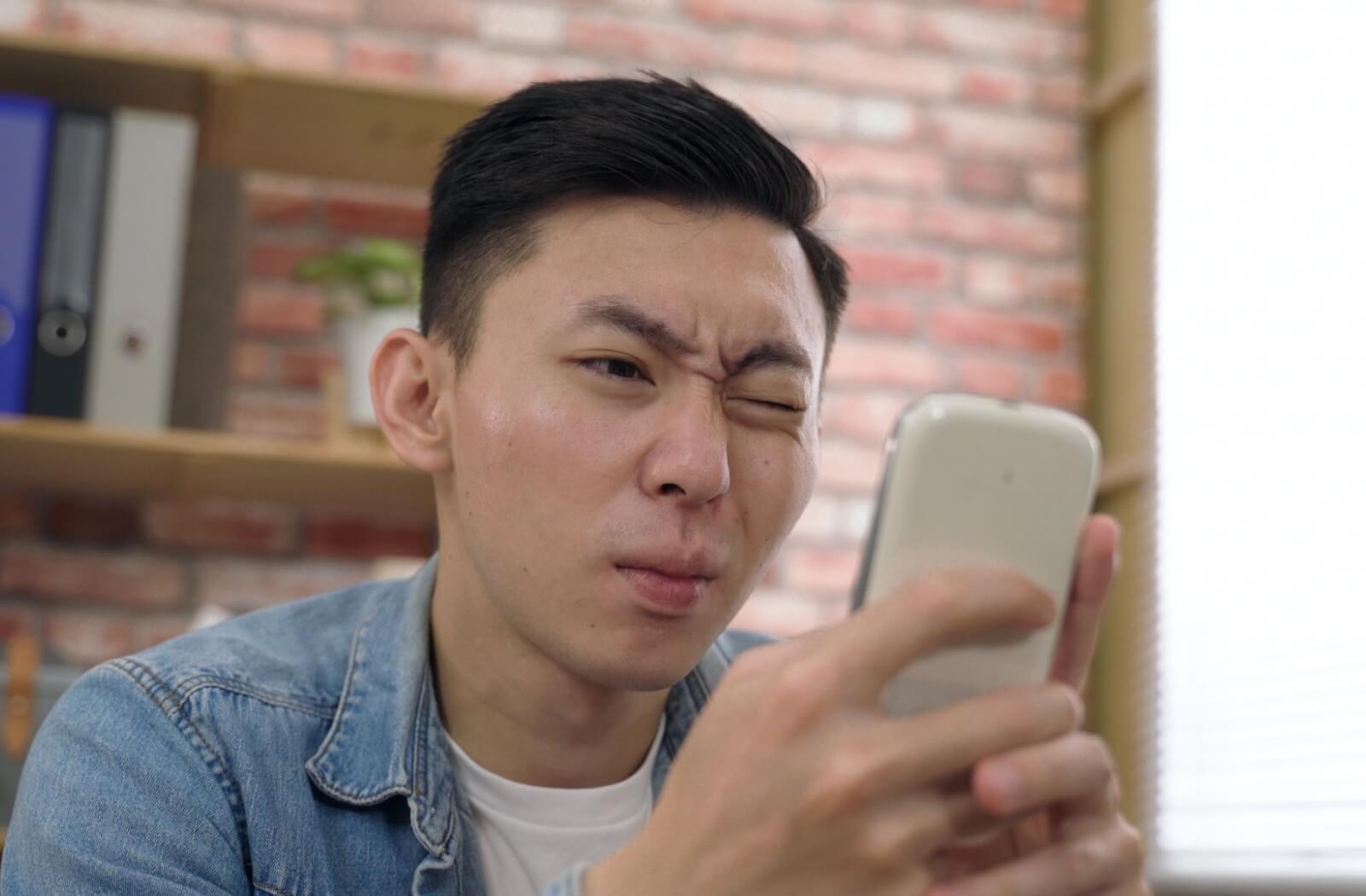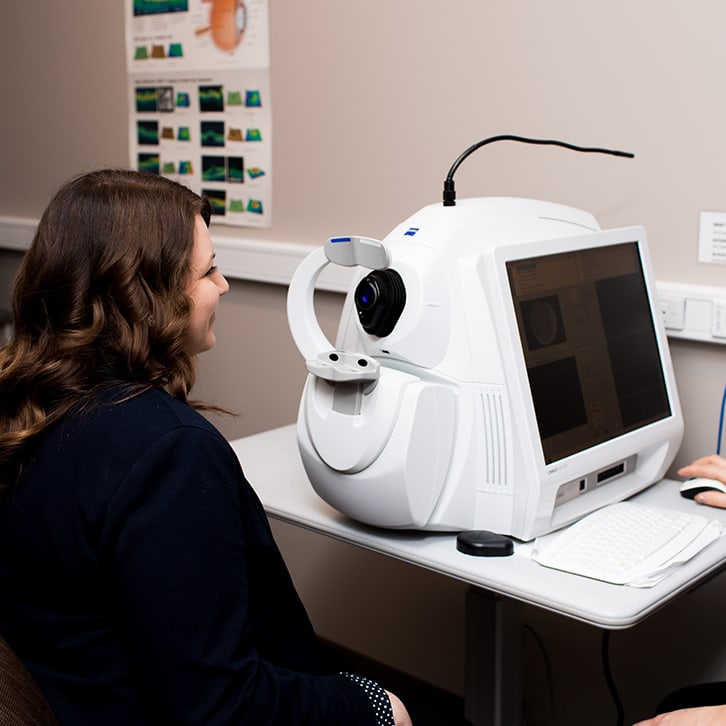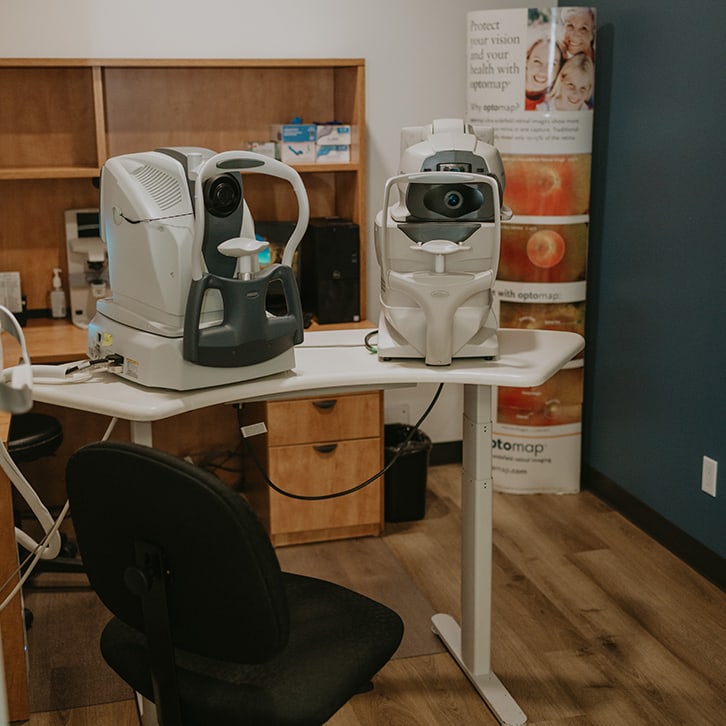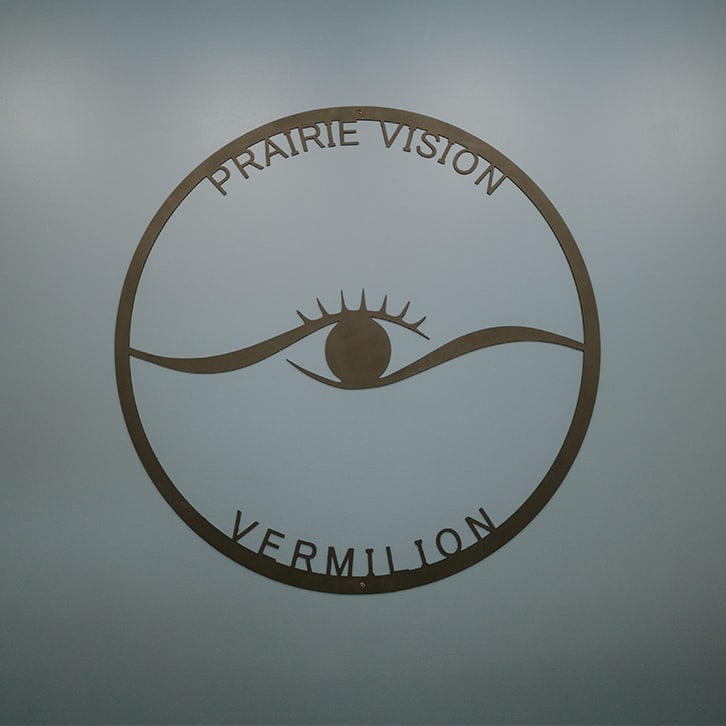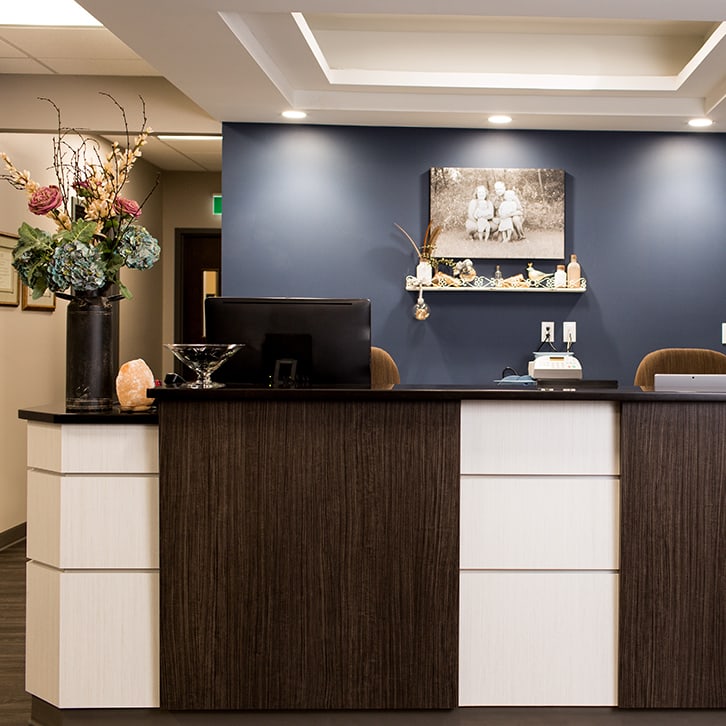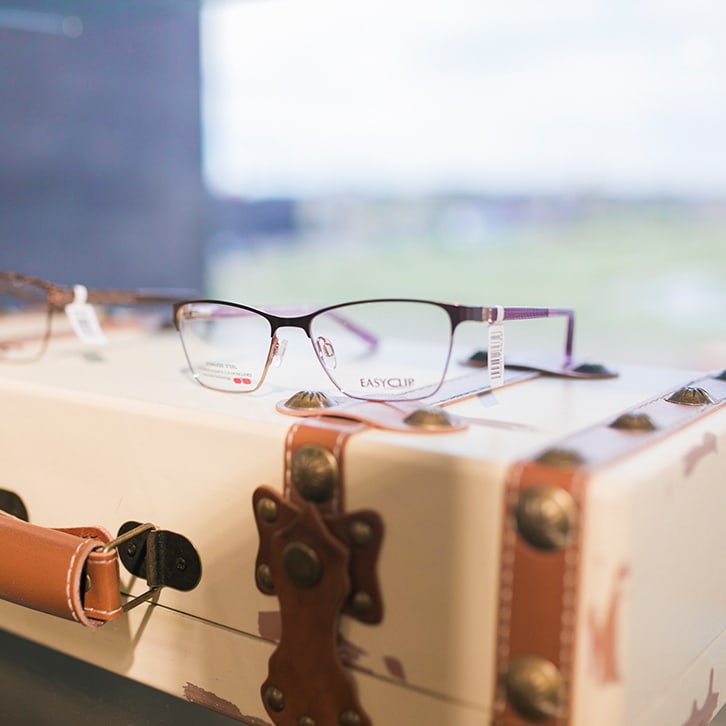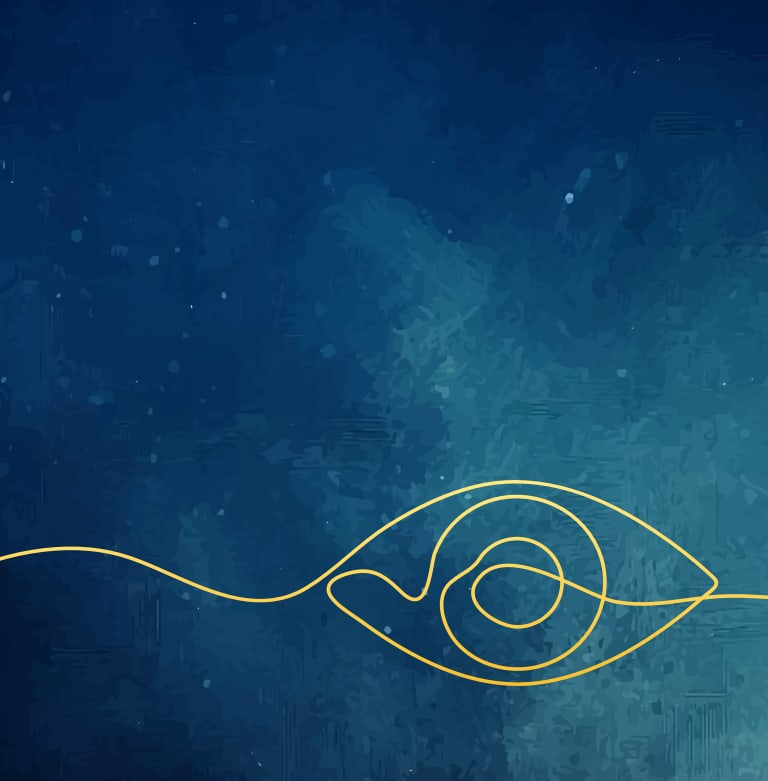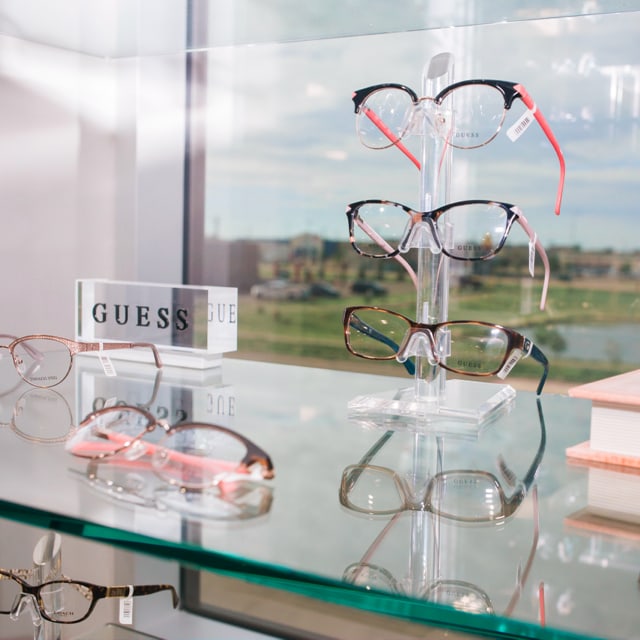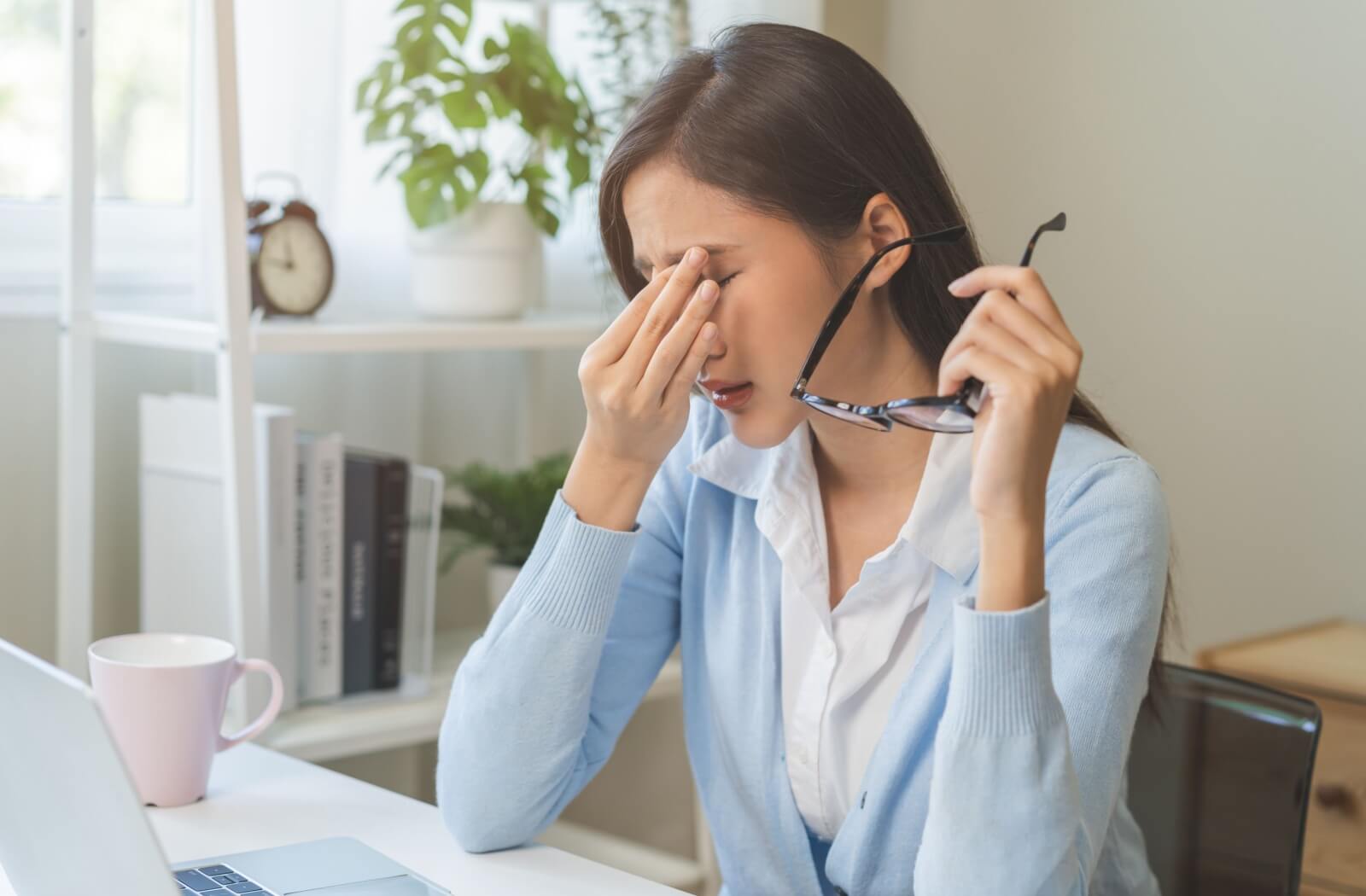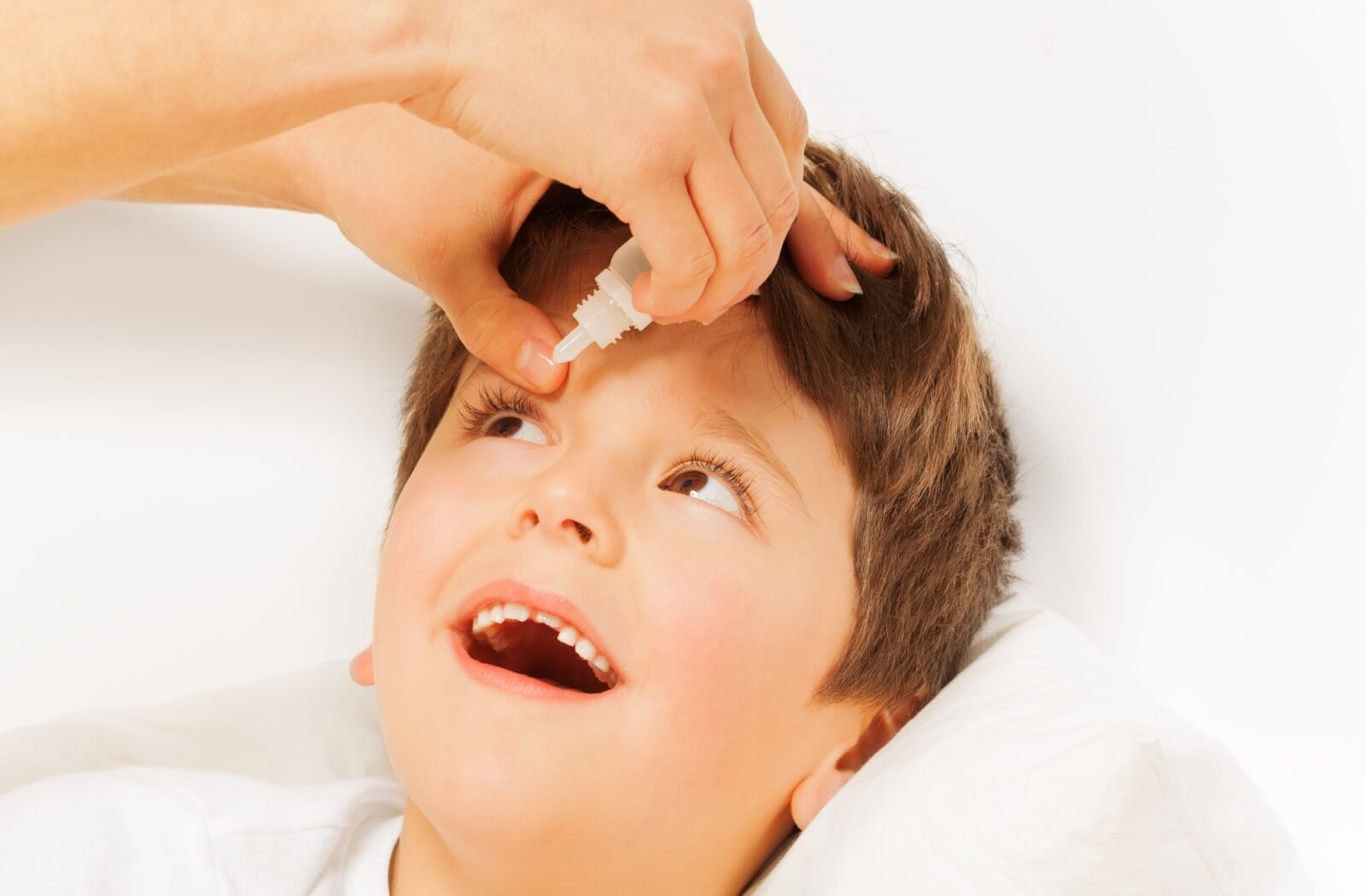Ever had a moment where blinking, something you do thousands of times a day without a second thought, suddenly becomes uncomfortable or even painful? If so, you’re not alone. Eyelid pain when blinking is a common experience, often caused by seemingly minor issues that can escalate if left unaddressed.
Plenty of common reasons for eyelid discomfort include eye strain, dryness, allergies, pink eye, and styes. Understanding the underlying differences in these causes can help you take steps to finding relief and recognize when to see an optometrist.
Eye Strain
We’ve all stared at a screen for too long. Whether it’s a computer, phone, or tablet, the modern reliance on digital devices is often to blame for eye strain, scientifically known as digital eye strain or computer vision syndrome.
What Causes Eye Strain?
Prolonged focus on screens or small text forces the muscles in your eyes to work harder than usual. Pair that with inadequate lighting or improper screen posture, and you have a recipe for eyelid discomfort. The tension in your eyes can sometimes translate into soreness or tenderness around the eyelids, especially when blinking.
Tips to Relieve Eye Strain:
- Every 20 minutes, look at an object 20 feet away for 20 seconds.
- Adjust your screen’s brightness and reduce glare for a more comfortable experience.
- Use artificial tears if your eyes feel dry (more on that below).
- Take short but frequent breaks from your screen throughout your workday.
Dry Eyes
Blinking is nature’s way of keeping your eyes hydrated. With every blink, your eyelids spread tears evenly across your eyes, ensuring lubrication and protection. But when your eyes are too dry, this mechanism can become painful.
What Causes Dry Eyes?
Dry eyes can result from spending too much time in air-conditioned spaces, not blinking enough while staring at screens, or even from certain medications, like antihistamines or antidepressants.
Some people have chronic dry eye syndrome, a condition in which the tear glands don’t produce enough tears or the tears evaporate too quickly.
Signs of Dry Eyes:
- A gritty sensation in your eyes (like there’s sand under your eyelids).
- Redness or irritation.
- Sensitivity to light.
Managing Dry Eyes:
- Try over-the-counter lubricating eye drops or gels.
- Use a humidifier to add moisture to the air in your space.
- Stay hydrated and limit your caffeine intake.
If symptoms persist, visit us for specialized treatments, such as IPL therapy, radiofrequency treatment, prescriptions, and punctual plugs.
Allergies
Seasonal allergies don’t just make your nose runny—they can mess with your eyes too. Allergens like pollen, dust mites, or pet dander can cause itching, redness, and swelling, leading to irritated eyelids.
When your body detects allergens, it releases histamine, irritating the delicate tissues around your eyes. Excessive rubbing of your itchy eyes can worsen the inflammation, sometimes resulting in tenderness or discomfort when blinking.
How to Tackle Allergy-related Eyelid Pain:
- Use antihistamine eye drops to soothe irritation.
- Keep windows closed during peak allergy seasons and consider using air purifiers.
- Wash your face and hands regularly to remove allergens, especially after spending time outdoors.
- Avoid rubbing your eyes, even if the itch drives you crazy—it’ll only make things worse!
Pink Eye
Pink eye, or conjunctivitis, is often associated with redness, tearing, and that sticky goop we all dread. But did you know it can also make your eyelids feel sore?
What is Pink Eye?
Pink eye occurs when the thin layer of tissue covering the white part of your eyes (the conjunctiva) becomes inflamed. The symptoms and severity may vary depending on the cause—viral, bacterial, or allergic.
Is It Contagious?
The short answer is yes if a virus or bacteria causes pink eye. That’s why avoiding touching your face, sharing towels, or wearing makeup while experiencing symptoms is crucial.
When to See a Doctor for Pink Eye:
- If symptoms persist for more than a week.
- If you experience intense pain, blurry vision, or sensitivity to light.
- If the discharge from your eye becomes green or yellow.
Styes
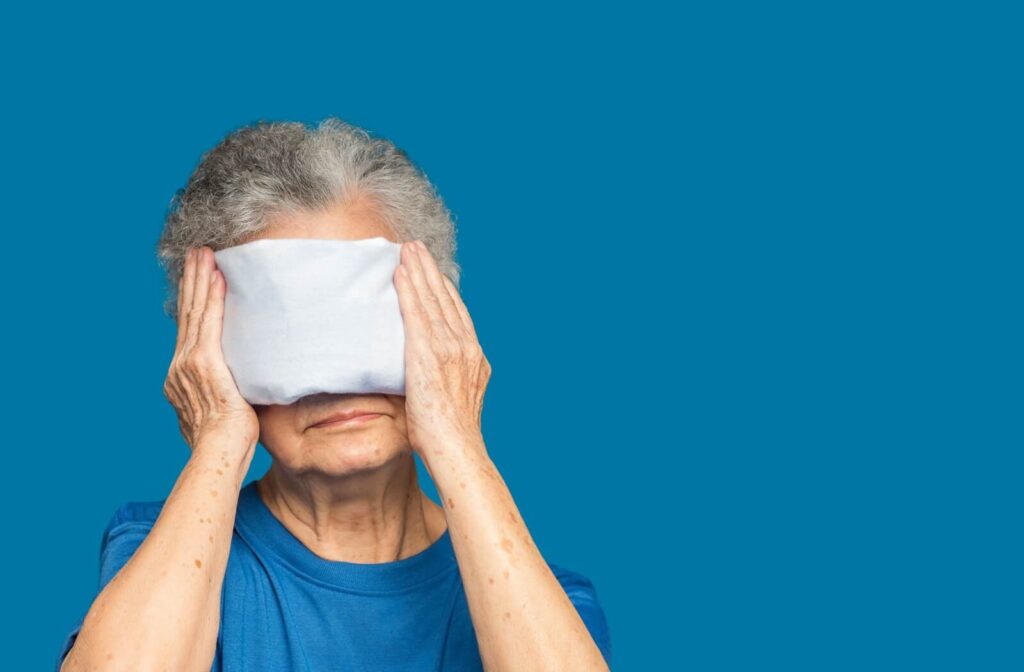
Styes are like pimples for your eyelids. Small but mighty, these pesky little lumps occur when oil glands near your eyelid become blocked or infected.
How to Spot a Stye:
- A red, tender bump near the edge of your eyelid.
- Swelling in the surrounding area.
- A feeling of heaviness or soreness when blinking or touching the affected eyelid.
Caring for a Stye at Home
- Apply a warm compress to the affected area several times a day.
- Avoid squeezing or popping the stye.
- Keep your hands and face clean to prevent further infection.
If the stye doesn’t improve within a week, consult your optometrist for further treatment.
When to Visit Your Optometrist
While many causes of eyelid pain can be resolved with simple at-home remedies, certain cases warrant a professional opinion. Watch for these warning signs that it might be time to make an appointment with us:
- Persistent or worsening pain.
- Swelling that doesn’t go down or spreads.
- Blurred or lost vision.
- Sensitivity to light that interferes with your daily life.
- Recurring conditions, such as styes or chronic dry eyes.
Your eyes are delicate and deserve the best care. A quick visit to your optometrist can provide clarity (literally and figuratively) and ensure no severe conditions develop.
Blink Pain-Free with Healthy Habits
Blinking shouldn’t be a painful chore—it should be effortless, something you hardly notice. At Prairie Vision, we can help patients understand the causes of eyelid discomfort and take simple, proactive steps to ensure their eyes stay healthy and pain-free. Contact us today to book an appointment or find support.

